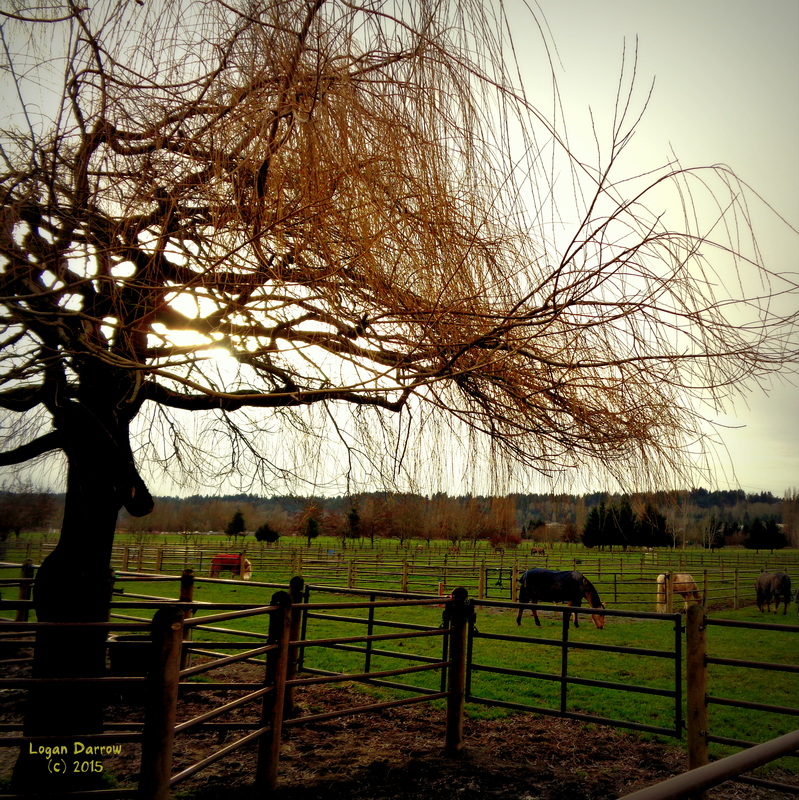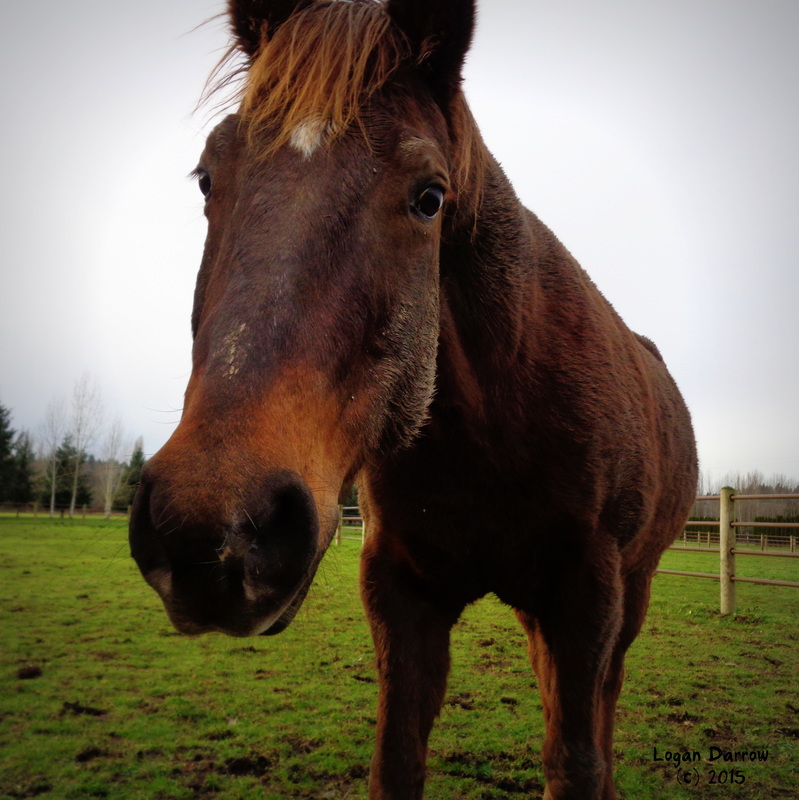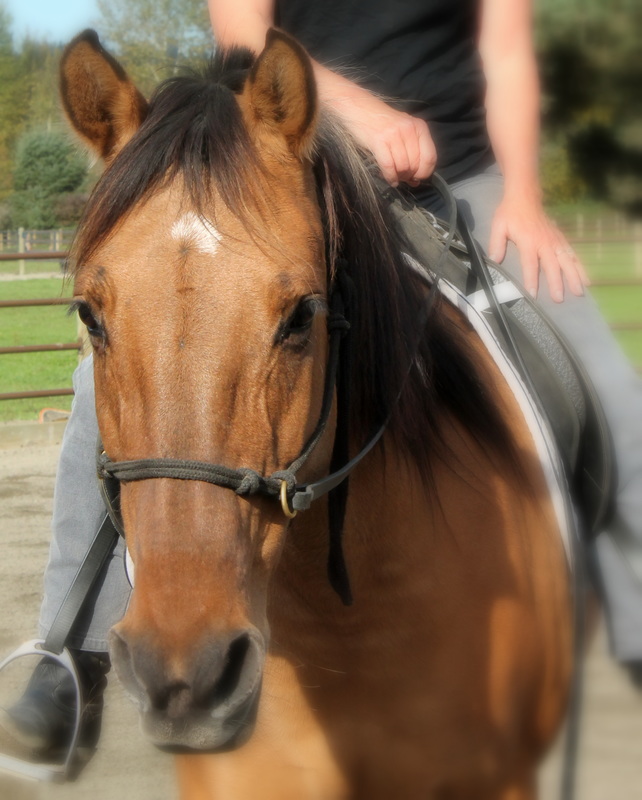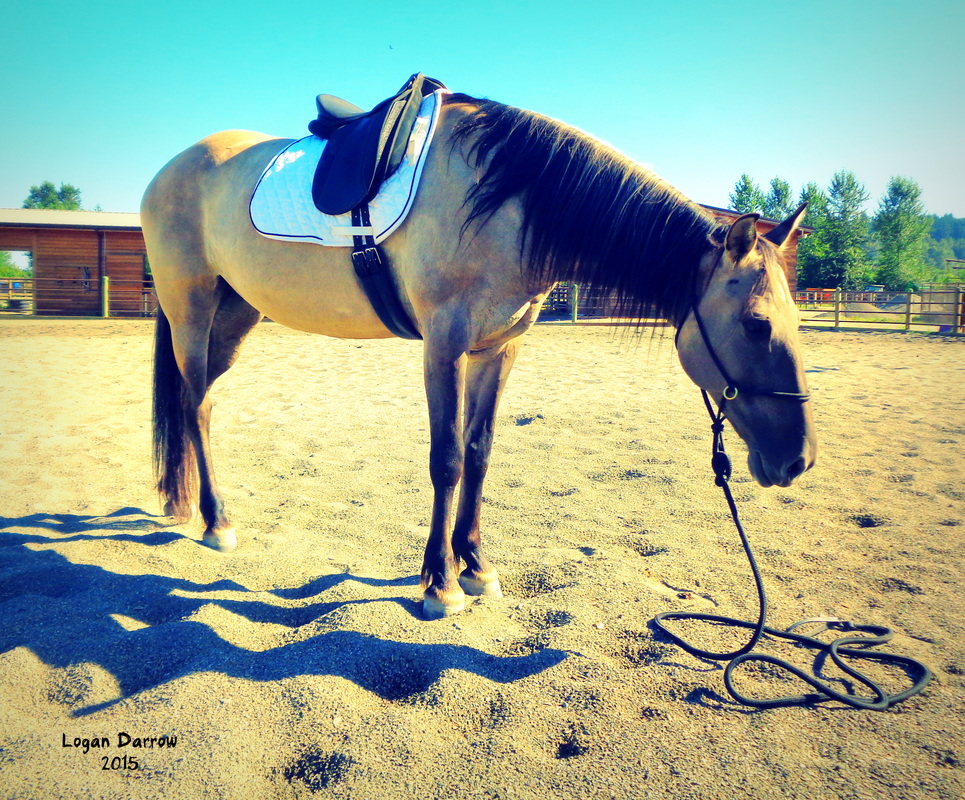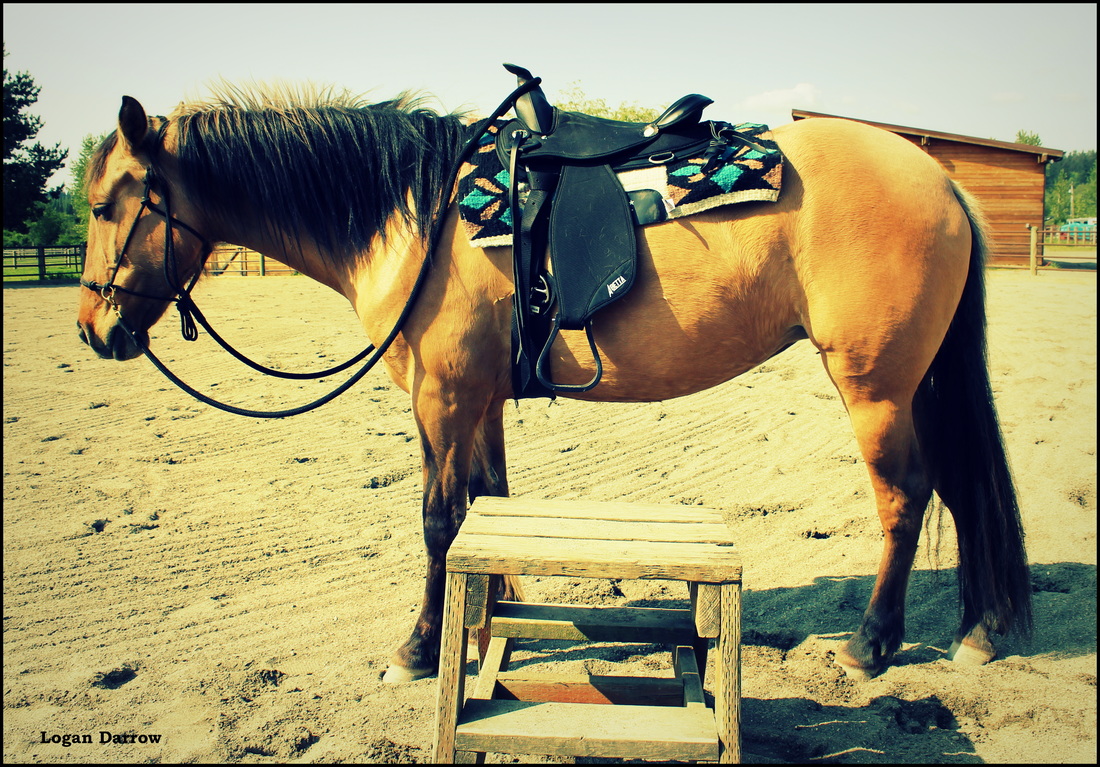Tips on Replacing Judgementalism with BondingDo you get frustrated when you are around other horse people, such as when you’re at your boarding stable, or participating in equine events with friends and/or strangers? Do you see poor horsemanship in action and you know a better way? Well here are five words that will help remove the stress that other horse people are causing in your life: Let Them Have Their Thing Yup – the next time you see someone being dragged away from the barn by a horse with no manners; the next time you find yourself wincing at someone getting a bad lesson from an alleged instructor; the next time you see someone bouncing in the saddle and using their reins for balance . . . let them have their thing. DISCLAIMER – PLEASE READ: this is not about cruelty and animal abuse. If you witness animal cruelty or abuse please report it to your local authorities. What do want to do with your horse? Do you enjoy training, competing, trail riding? Whatever it is, we can assume you have chosen it because it gives you joy, even passion. Your horse is important to you! When we look around our equine environment, we see other people who are somewhat or maybe even very much like ourselves – their horses are important to them, too.
0 Comments
How to Regroup and Keep Improving with a Challenging HorseWhen working with horses, sometimes in order to go forwards, we have to go backwards. With my troubled mare Willow, it can feel like one step forward, then two steps back. Because she is a highly anxious horse with a history of dangerous bucking and spooking, I have spent a long time doing groundwork with her. Eventually, I was able to get on her bareback from the fence with no issues. Then I progressed to getting her OK with a saddle on, and then finally the big day came; I was able to put my foot in the stirrup and swing my leg over. And what happened – nothing. Well, I breathed a big sigh of relief, because all the stories I had been told about her had messed with my head, and I was worried she might explode. But after the relief wore off, I soon discovered something I didn’t expect: Miss Willow "Doesn't Like to Walk During Groundwork, Only Trot" had no forward under saddle. So now that I was on, I had to get forward, and to get forward I would have to put pressure on Willow. She seemed fine. We spent a couple of sessions poking around the arena with me in the saddle, and even stood quietly next to the fence soaking in the attention from people who knew her history and were giving her pets and congratulations for being a quiet horse with a rider on her back.
But a quiet horse isn’t necessarily a safe horse, and something niggled at the back of my mind; she didn’t seem calm so much as resistant to going forward ~ unlike the horse I was used to on the ground, who would move her feet at the lift of a finger. This guest post will guide you away from misinterpreting your horse's behavior, and help you improve your training methods. By Tony Haines I am blessed to work with horses of all different breeds and disciplines. Either starting their education under saddle, or helping them with various issues, or helping owners get along a little better with their horse. I am also blessed to occasionally be asked to teach clinics. I don't call them horsemanship clinics, because they are equally as applicable to the Natural Horsemanship student, as they are to the aspiring cross country super star (and the term can seem to bias prejudice even though any interaction with a horse is horsemanship). They are not broadly applicable because I am great at any of those disciplines, but because I focus on teaching people to hear their horse's side of the story (and why what they do that works, works; and why what they do that doesn't always work, doesn't always work). A side of the story that is often encouraged to be completely dismissed by less empathetic or less thoughtful trainers, educators and coaches. One of my pet hates in this industry is the "don't let the horse win" mentality. Why shouldn't it win? We love them don't we? Yes of course we do, but there is a little extra difficulty in getting the horse to feel like it is winning when doing what we ask, and it requires that we see things from their point of view, based on how the horse has evolved to think and feel, not how the human wants to do things. Tony Haines
Horses were said to have come into existence about 55 million years ago, as a small animal around the size of a dog, with toed feet. They evolved quite successfully for millions of years, but relatively recently (I'm thinking less than 100,000 years ago, but my memory may be eluding me), their numbers began to drop rapidly. Nearly all species of horse were sent extinct, except for a very few ancestors of the modern horse. So why did the modern horse survive, when others that had been evolving successfully for many millions of years did not? Research of fossil's suggest it is because the modern horse is basically extremely paranoid and extremely agile. How to recognize and fix it.The definition of “destination addiction” as it applies to human beings is: a preoccupation with the idea that happiness is in the next place, the next job and with the next partner. Until you give up the idea that happiness is somewhere else, it will never be where you are. Another name for this behavior issue might be the “if only” syndrome. If only this was different, if only that would happen, if only that other person would change. While horses don’t have the intellect to embrace the “idea” of happiness, they know what feels comfortable to them and what doesn’t, and they experience equine destination addiction with commonly seen manifestations such as “gate addiction,” “buddy sour,” “barn sour,” etc. They can suffer from anxiety and they are thinking if only I could get to the gate, or if only I could get back to the barn, or if only I could go stand near that other horse, my anxiety would go away. In other words, there is someplace else they would rather be than Here and Now, with us, their owners and riders. The palomino horse doesn't want to be away from his buddy, the paint horse.
. . . . from my notes at a Warwick Schiller clinic.In the round pen during groundwork, or in the saddle in the arena, if the horse moves out without waiting to be asked, that is anticipation that is undesirable and can even be dangerous. When the rider has one foot in the stirrup and is only halfway on is NOT when the horse should decide it’s OK to start walking off. (Yes, this is acceptable for many people, but not for me. If a horse can’t control himself at the standstill, why would I expect him to control himself at the walk, trot or canter?)
But there are other times when we want our horse to anticipate. If he canters at the sound of a kiss, it is because he learned through anticipation that a backup application of leg or whip will result if he doesn’t pick up the canter. At his 2016 clinic in Mesa, Arizona, Warwick Schiller explained the difference between the two forms of anticipation, and how to prevent the “bad” one and create the “good” one. This was a concept totally new to me, and as usual with everything that Warwick teaches, it's based on common sense and keen observation of equine behavior. My notes on this are only a couple of sentences long, so I have tried to expand a bit to encompass what I learned while watching and listening in person. By Shelley AppletonLegendary horseman Ray Hunt famously used to sign his autograph with the word “Think”. This is because when you work a horse you need to be operating from your intellect and not your emotions. Why? Because you need your intellect to retrieve the information that you understand about the horse in order to observe, analyse and evaluate the horse during training. You need your intellect to problem solve, judge your own performance and make decisions during the training process. Horses are emotional creatures and their behaviour is a reflection of how they feel. However, human thoughts and actions are shaped by both our emotions AND our ability to think and reason. Aristotle labelled us the “rational animal” as our brain has the unique ability to perform complex reasoning. We are able to do this because our brain has both an emotional and intellectual system to assist our survival. Our emotional and intellectual systems are connected and every thought and action is a product of varying input from both systems. When we work with horses, we are more successful when our thoughts and actions are principally influenced by our intellect and not our emotions. This is easier said than done because our emotional system is a primeval system, involuntary and fast. Our intellectual system is evolutionarily newer, relatively voluntary and slower. It takes more mental effort to utilise our intellect than our emotional system. When we are under pressure we also tend to default to our emotional system. (Click on Read More to continue)
Strategies for Dealing with Unsolicited Criticism I recently spotted this online ad for a boarding stable: Drama free barn Full turnout Indoor and outdoor arenas $450/month Wait . . . . what? Drama free? What does THAT mean, and why is it the first thing on the list? Hopefully you have not encountered a boarding stable situation in your life that left you knowing EXACTLY what that means: an environment within a community of horse owners that fosters rudeness, gossip, judgmentalism, and even verbal abuse, centered on how you handle, train and ride your horse. In other words, someone has taken it upon themselves to tell you that you don’t know what you’re doing. They have ruined your day, put doubt in your mind, destroyed your focus. If this has been happening to you in your equine environment, or anywhere in your life for that matter, keep reading for some strategies that can help. How to overcome frustration on the journey to your goals.“Setting goals is the first step in turning the invisible into the visible.” ~ Tony Robbins Oh we are a goal-focused society. As well we should be, otherwise how would anything ever get done? Our dreams would just remain in the invisible realms of fantasy if we didn’t take steps to make them become reality. We set a goal, then we set a process in motion to reach that goal. But what does it mean to be “process oriented” as opposed to “goal oriented?" Doesn't that diminish the importance of our goals? There would be no process if there was no goal, and the goal would remain invisible without the process needed to reach it. The trick is to get a balance that works, because when we are out of balance, we feel uncomfortable, our horses sense that, and nothing works as well as it should. An exercise in the saddle to help build trust in your horse. This rider is holding the rein, but she is not steering or trying to control the horse other than to use her leg to keep her cantering. Be truthful now - as a rider, do you sometimes feel the need to micromanage your horse? MUST he always go where you tell him to go? Must he NEVER go anywhere without your permission? When you were learning to ride and your horse started to head to the gate or back to the barn, were you told, like I was, "Don't let him do that, don't let him get away with that. You can't let him win." Win what? "There is no way that the horse will ever try to take advantage of you. He’s as honest and as truthful as anything you could ever work with. He has no ego that gets in his way. He has no pride that gets in his way. He doesn’t know what win or lose is." ~ Ray Hunt "But somebody has to be the boss", we say. "Somebody has to tell the horse what to do, right?" Yes, but we can do it in a way that doesn't make us an adversary to our horse. We can stop being afraid of what will happen if we just let go. All you need for this exercise is a fenced in arena. Just drop your reins and let your horse go where he wants. Don't worry, you’re inside a fence, your horse is not going to take you galloping off over the horizon. If you can do this at the trot or canter, great, but if not then start at the walk. What happens next will be an opportunity to learn more about your horse. If he goes to the gate, or to the side of the arena closest to his pasture buddies, he has “destination addiction,” also known as “gate sour,” “buddy sour,” “barn sour” or any other place he would rather be than with you, here and now, in the arena. Don't take it personally; he is instinctively looking for the safest place to be, and in the wild that place would be with other horses, in familiar territory. Do you want to teach your horse to be buddy sour to your riding instructor in the middle of the arena? It's simple; every time your teacher wants you to bring your horse to her in the center and stop so she can talk to you, the two of you are teaching the horse that the center of the arena is a good place to stop and rest. So if you teach him that, then find him cutting the corners of the arena, it's because in effect you taught him to want to go to the center like a bee to a flower blossom. Give up the notion that he is being willful or disobedient; he is just being a horse. If he avoids a certain spot or side of the arena because there is something scary there, like a monster-hiding hedge, or a horse-eating piece of farm equipment, then your horse is more influenced by his environment than he is by you, his rider. Not only is that not safe, it's not a very flattering position to find ourselves in. So now that you have learned if, or where, your horse wants to be physically and mentally instead of with you, and you understand he is not being deliberately disobedient, how DO you get him to go where you want him to go? The late, great Ray Hunt taught us “Cause the wrong thing to be difficult, and the right thing to be easy.” So if you are dealing with a gate issue, make the gate the difficult place by trotting your horse in circles when he goes there. Put pressure on by flapping your legs and keep it on until your horse starts to look for another answer rather than the gate: when he starts to spiral out farther, wait until he is facing away from the gate and let go, let him go where he wants. If he trots back to the gate, repeat until he wants to leave again. If your horse is attracted to another horse, or the instructor in the center of the arena, keep leg on and have him keep trotting around his love interest until he begins to think maybe that's not the most fun place to be. Your horse is looking for an answer - set it up so he can find it. Let it be HIS choice to start to move away from the place he's attracted to. It’s important to remember you are not punishing the horse for going to the gate, you only need to apply enough pressure to keep him moving, and when he finally thinks to himself "Maybe this gate isn't the greatest place to be after all," and goes to a place in the arena that is NOT the gate, let him stop and rest there; in fact, if you have been riding for awhile, that might be a good place to stop for the day and get off. And think about this - if you always get off by the gate, where is your horse always going to want to go? If your horse is avoiding a spot in the arena because it is scary for some reason, give up the notion that you have to “show him who’s boss” and MAKE him go there. Horses are prey animals and in the wild, fear is what keeps them safe from predators. This is when it's important to have empathy for our horses, to understand that they are acting in a way they think is keeping them alive. Trot your horse wherever he wants to go, putting pressure on with your legs when he goes away from the scary spot, and releasing pressure when he goes towards it. Resist the almost overpowering urge to steer your horse. Trust him! Hold on to the saddle with one hand if he is "ducking and diving." Keep trotting, he is looking for an answer, let him find it. When he finally goes to a spot in the arena he hasn’t been to yet – let him stop and rest. Just hang out with him there, or get off if it's time to end your session. If your horse can walk, trot and canter on a loose rein, without you steering him, cruising all around the arena with no “sticky spots,” congratulations! He is at peace with both you and his environment, and that is thanks to you. Revised Sept 2017
|
Your email address will be kept private.
Email me directly at
[email protected] 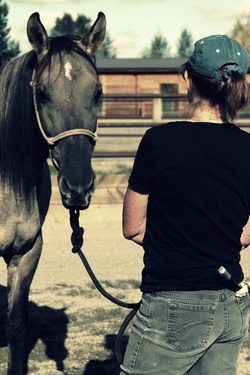
Archives
September 2018
Categories
All
|
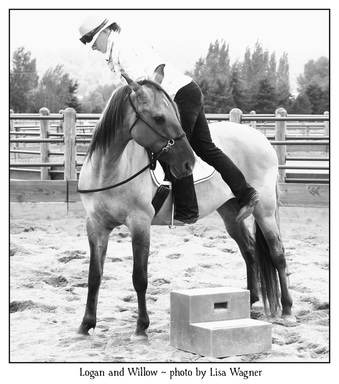
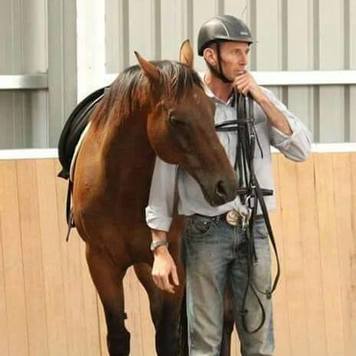

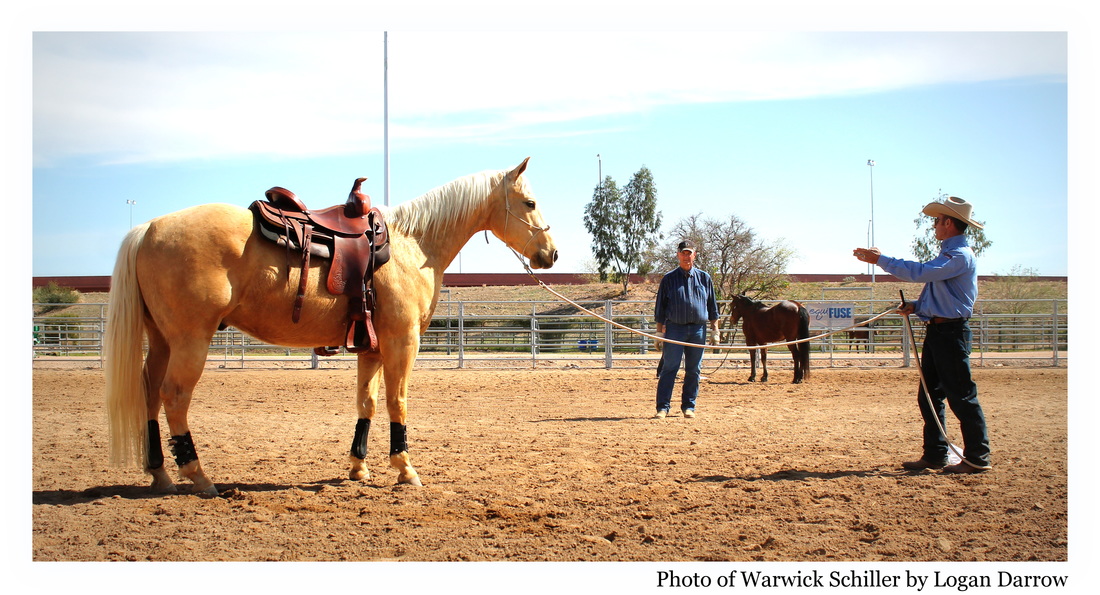
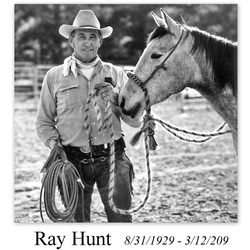
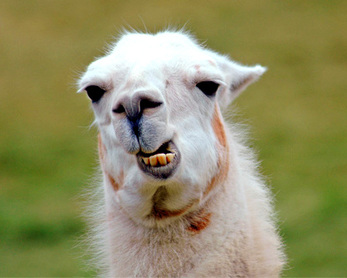
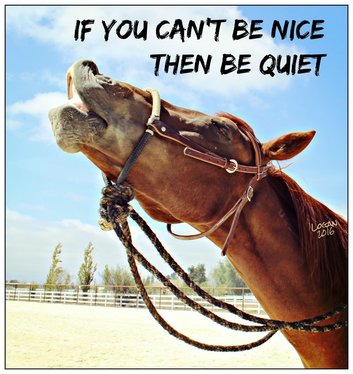
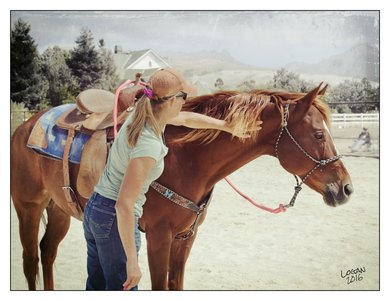
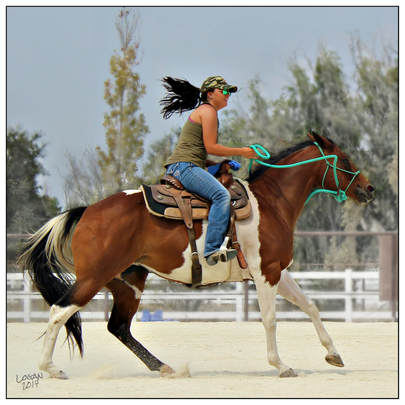
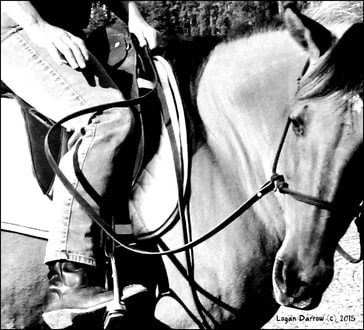
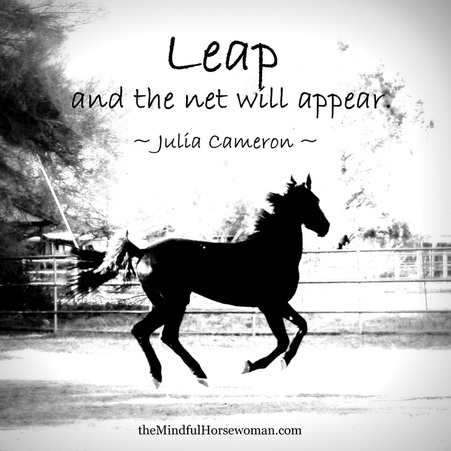
 RSS Feed
RSS Feed
